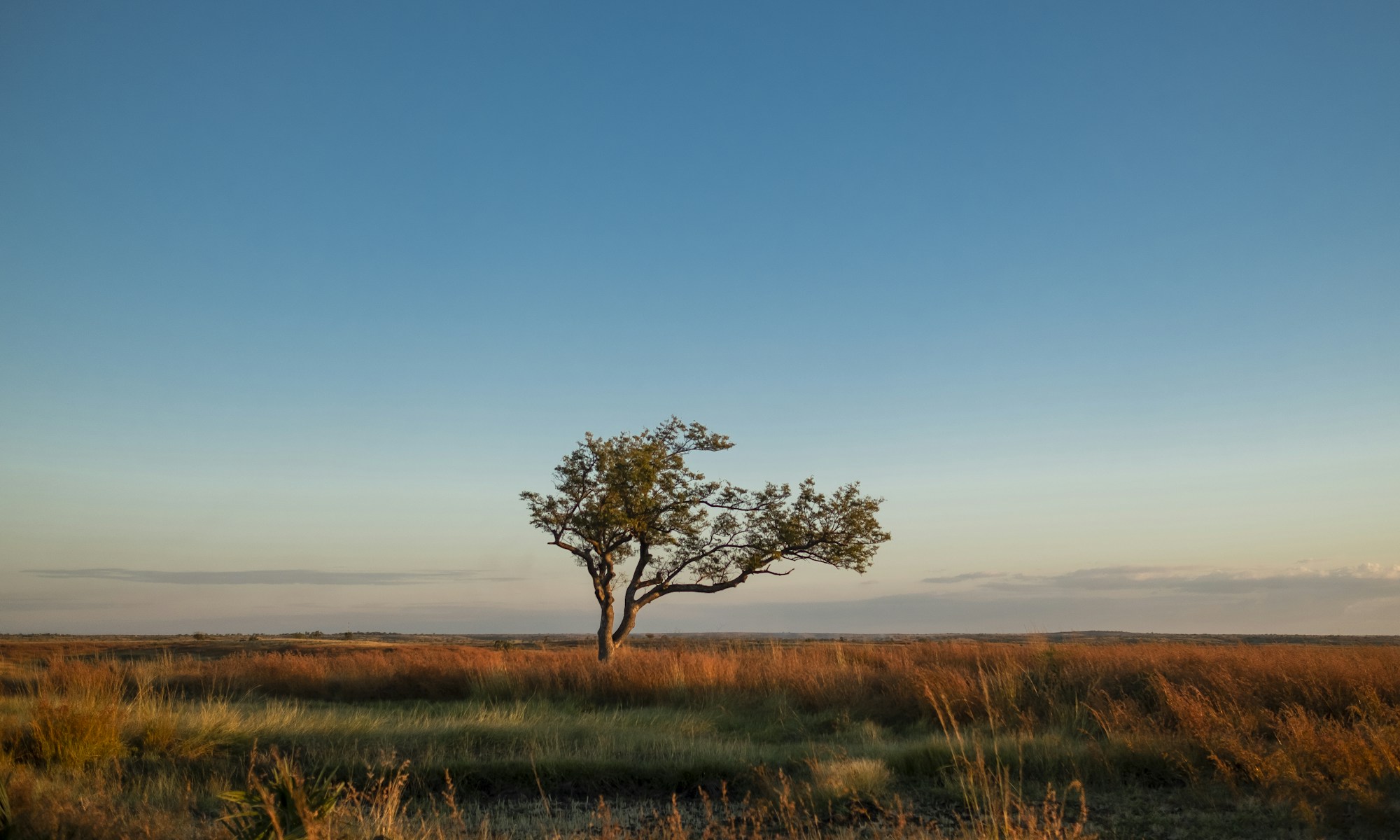17 August 2021 – by Evelyn Workman
The worst drought in over four decades has hit southern Madagascar, leaving thousands of families on the brink of starvation, the UN food agency has warned. It reported that more than 1.14 million people are food insecure as a result of the severe droughts in the region.
According to the World Food Programme (WFP), thousands of people have been forced to flee their homes in search of food, and those who remained have been sustaining themselves on raw cactus fruits, wild leaves and locusts for several months. The district of Ambovombe is one of the worst affected areas, where global acute malnutrition rates have reached 27 percent, leaving many facing a life-threatening situation. In addition, malnutrition levels in children under five in Madagascar have almost doubled over the last four months, to a frightening 16.5 per cent. It is estimated that 14,000 people are already in catastrophic conditions, and this is expected to double to 28,000 by October. Few people have been able to access the area due to the remote location and weak road infrastructure, resulting in the delivery of aid being delayed.
World Food Programme (WFP) Executive Director David Beasley, who visited the region, has said, “This is not because of war or conflict, this is because of climate change”.
Beasley has urged people to not turn their backs on the people of Madagascar, and, “to stand up, act and keep supporting the Malagasy government to hold back the tide of climate change and save lives.”












